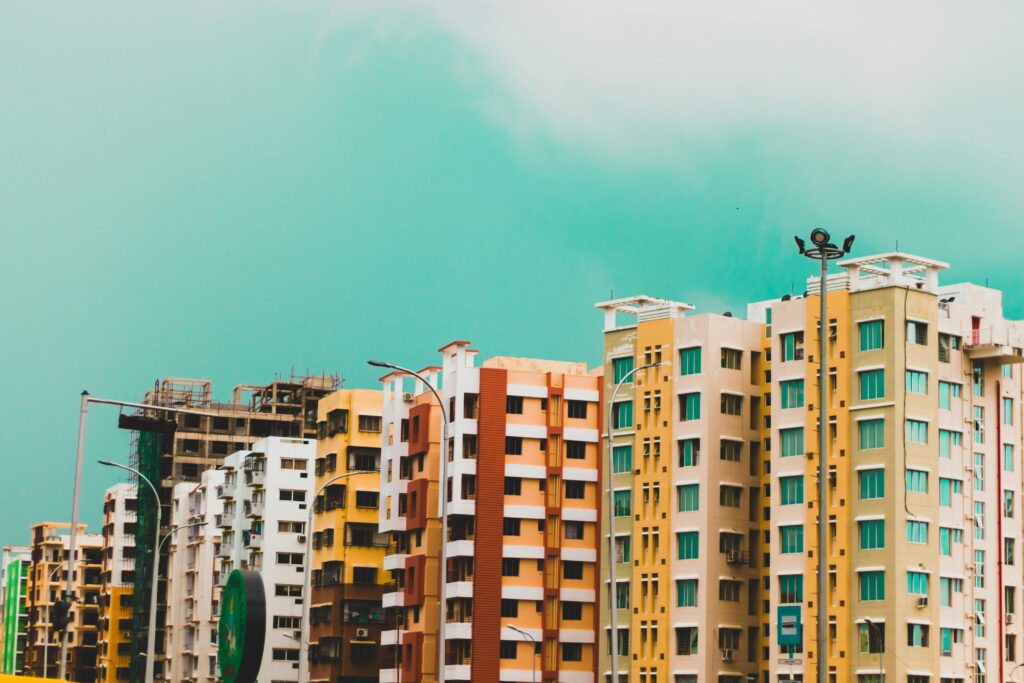Affordable Housing in India: An Inclusive Approach to Sheltering the Bottom of the Pyramid
The document titled “Affordable Housing in India: An Inclusive Approach to Sheltering the Bottom of the Pyramid” provides a comprehensive analysis of the pressing issue of affordable housing in India, particularly for the economically disadvantaged segments of the population. This summary encapsulates the key themes and recommendations presented in the document.

Overview of Affordable Housing Challenges
India faces a significant housing crisis, with millions lacking access to adequate shelter. The report highlights that despite various government initiatives like the Pradhan Mantri Awas Yojana (PMAY), there remains a substantial shortfall in affordable housing units. The current estimated deficit exceeds 10 million units, exacerbated by rising urbanization and economic disparities. Urban areas are projected to house over 400 million people by 2030, intensifying the demand for affordable housing solutions.
Importance of Targeting the Bottom of the Pyramid
The document emphasizes the necessity of focusing on the “Bottom of the Pyramid” (BoP) demographic, which comprises low-income groups who are often overlooked by traditional housing markets. These individuals are crucial to India’s socio-economic fabric and their empowerment through accessible housing is pivotal for sustainable urban development. The report argues that affordable housing is not merely a social obligation but a strategic imperative that can help mitigate urban poverty and inequality.
Key Recommendations for Policy and Practice
- Innovative Financing Mechanisms: The report advocates for the adoption of innovative financing models such as impact investments and blended finance to unlock resources for affordable housing projects. These mechanisms can bridge the funding gap faced by banks and housing finance companies, facilitating more robust investment in this sector.
- Public-Private Partnerships: Encouraging collaboration between public entities and private developers is essential for scaling up affordable housing initiatives. The report suggests creating incentives for private sector involvement to enhance project viability and reach.
- Diverse Housing Typologies: A one-size-fits-all approach is inadequate for addressing the diverse needs of urban populations. The document calls for a variety of housing types, including rental accommodations, temporary shelters, and community living spaces, to cater to different segments within the BoP.
- Integration with Infrastructure Development: Affordable housing projects should be integrated with transportation and other critical infrastructure to ensure accessibility and enhance livability. This holistic approach will contribute to creating sustainable urban environments that support economic growth while addressing social needs.
- Focus on Sustainability: The report stresses the importance of sustainability in housing design and development. Implementing environmentally friendly practices can reduce operational costs and improve living conditions for residents, making housing more affordable in the long run.
Conclusion
The document concludes that addressing affordable housing in India requires a multifaceted strategy that prioritizes inclusivity and innovation. By focusing on empowering the bottom of the pyramid through targeted policies and collaborative efforts, India can make significant strides towards alleviating its housing crisis. The integration of diverse housing solutions, innovative financing, and sustainable practices will not only provide shelter but also foster economic resilience among vulnerable populations.In summary, this comprehensive approach aims to create a more equitable urban landscape in India, ensuring that all citizens have access to safe, affordable, and dignified living conditions as part of a broader vision for national development by 2047.
Also Read: Access to Funding Handbook
